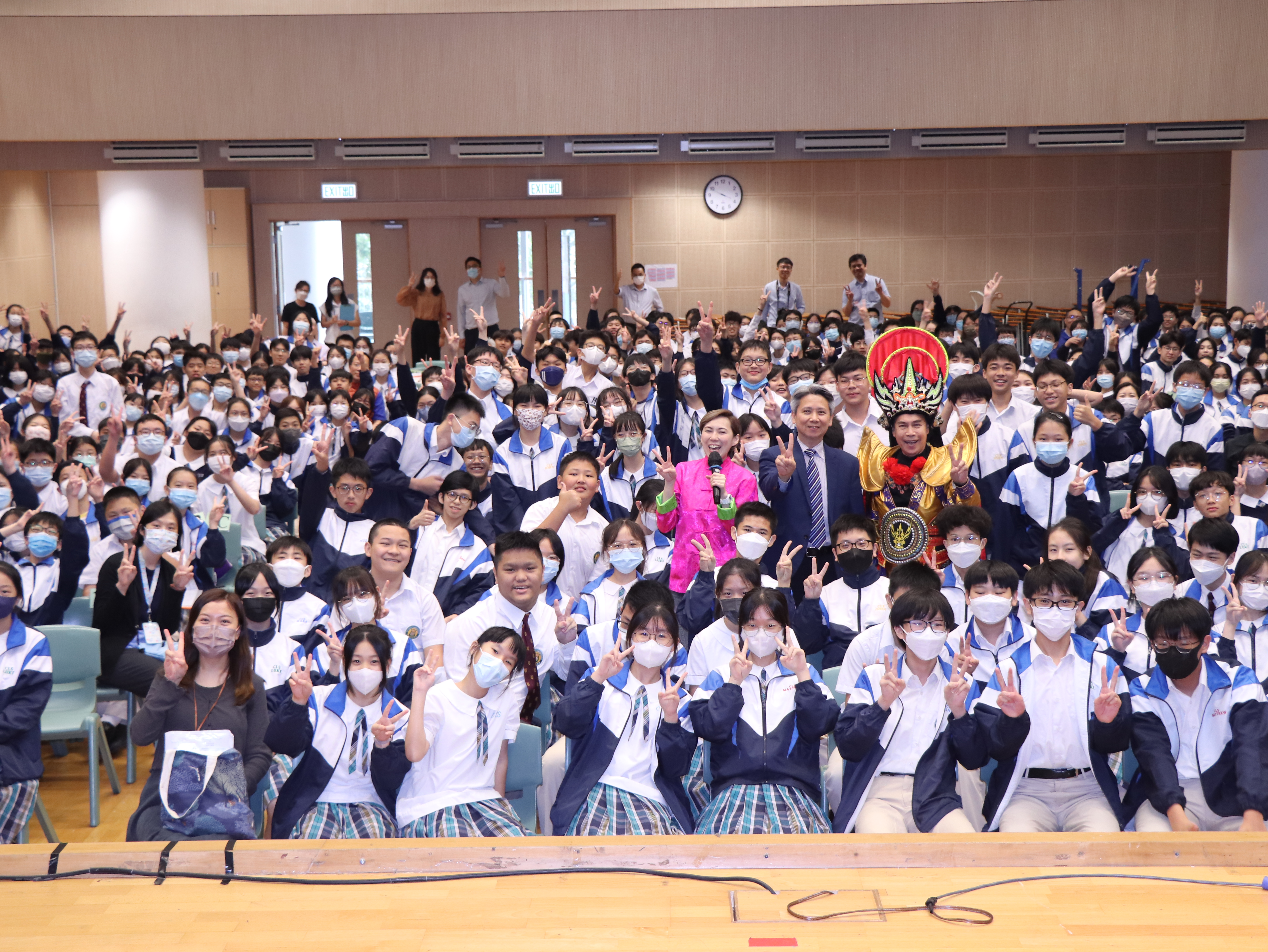Overarching Aims of the PSHE KLA Curriculum
To enable students to:
- understand themselves, society, our nation and the world at large;
- maintain a healthy personal development; and
- contribute to the well-being of the family, the local community, our nation and the world as confident, informed and responsible persons.
Curriculum Framework of the PSHE KLA
It is a curriculum framework of knowledge, skills and values and attitudes structured around
the following six strands:
- Personal and Social Development
- Time, Continuity and Change
- Culture and Heritage
- Place and Environment
- Resources and Economic Activities
- Social Systems and Citizenship.
Subjects in PSHE
|
S1 - 3
|
Chinese History, Geography, History, Citizenship,
Economics and Society, Religious Education
|
|
S4 - 6
|
Chinese History, Geography, Tourism and Hospitality Studies,
Economics, Ethics and Religious Studies, Religious Education
|
Expectations
- Broadened knowledge base, deeper understanding of Chinese history and Chinese culture and contemporary developments of society and our country, and development of global perspectives.
- Active participation and enquiry in the learning and teaching process, open-mindedness and integrative application of generic skills.
- Closer link between knowledge acquired in the KLA and real-life issues.
- Recognition of connection among the PSHE subjects, and between PSHE and other KLAs, multiple perspectives in dealing with complex social issues.
- Healthy personal development, the ability to relate to others, and positive values and attitudes.
Learning and Teaching in the PSHE KLA
- Situate student learning in relevant contexts in terms of time, place, institution,
culture and values.
- Equip students with different learning skills, including enquiry and generic skills,
in approaching and tackling different kinds of issues.
- Encourage learning through participation in a wide range of activities within
and outside the classroom.
- Facilitate both collaboration and self-directed learning.






